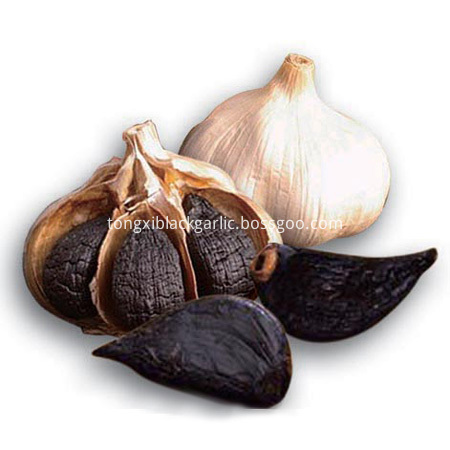Potassium plays an extremely important role in the growth and results of grapes. It can promote the ripening of berries, increase the sugar content in fruits, reduce the acid content, and promote the formation of aromatic substances and pigments. When potassium is abundant, the storability of berries increases. According to the analysis, the grape fruit contains 0.1596 nitrogen, 0.10% phosphorus, and 0.19% potassium. The content of potassium is the highest. Therefore, the grape is often referred to as a typical potassium fruit tree. Even in a soil rich in potassium, grapes often occur. Potassium deficiency.
![]()
Potassium has a significant role in promoting flower bud differentiation, root development, and especially root formation. Potassium is related to the formation, accumulation, and operation of carbohydrates, and has a good effect on cell wall thickening and increasing the concentration of cell fluids. Therefore, it can promote the ripening of dendrons, strengthen the storage and accumulation of nutrients, and increase the resistance to disease and cold resistance. Potassium is also involved in the metabolism of water and can maintain the turgor of the cells. Therefore, it contributes to the enhancement of drought resistance and cold resistance.
When potassium is deficient, carbohydrate and nitrogen metabolism are disturbed, protein synthesis is hindered, and plant resistance to disease is reduced. In the absence of potassium, the grape can not effectively use nitrate, affecting photosynthesis and reducing assimilation products; the fruit is small, the coloring is poor, the fruit is easy to drop before maturity, and the yield and quality are reduced. Especially during the growing season to fruit maturity, the leaves in the middle of the shoots appear to be distorted when potassium is deficient. After that, the leaf margins and veins become chlorogenic and dry, and they gradually dry from the edges to the middle, and the leaves become brittle and fall off easily.
?? Prevention methods
1. Mainly increase the organic fertilizer and change the soil structure to increase soil fertility and potassium content.
In July and August, potassium fertilizer was sprayed out of the roots, and once every 10 days, about 0.3% of potassium dihydrogen phosphate or 0.2%-0.3% of potassium chloride was sprayed until about mid-August. A total of 3-4 sprays were used.
3, the root application of plant ash or root spray 3% of the ash leaching liquid to reduce potassium deficiency has a good effect.
Potassium has a significant role in promoting flower bud differentiation, root development, and especially root formation. Potassium is related to the formation, accumulation, and operation of carbohydrates, and has a good effect on cell wall thickening and increasing the concentration of cell fluids. Therefore, it can promote the ripening of dendrons, strengthen the storage and accumulation of nutrients, and increase the resistance to disease and cold resistance. Potassium is also involved in the metabolism of water and can maintain the turgor of the cells. Therefore, it contributes to the enhancement of drought resistance and cold resistance.
When potassium is deficient, carbohydrate and nitrogen metabolism are disturbed, protein synthesis is hindered, and plant resistance to disease is reduced. In the absence of potassium, the grape can not effectively use nitrate, affecting photosynthesis and reducing assimilation products; the fruit is small, the coloring is poor, the fruit is easy to drop before maturity, and the yield and quality are reduced. Especially during the growing season to fruit maturity, the leaves in the middle of the shoots appear to be distorted when potassium is deficient. After that, the leaf margins and veins become chlorogenic and dry, and they gradually dry from the edges to the middle, and the leaves become brittle and fall off easily.
?? Prevention methods
1. Mainly increase the organic fertilizer and change the soil structure to increase soil fertility and potassium content.
In July and August, potassium fertilizer was sprayed out of the roots, and once every 10 days, about 0.3% of potassium dihydrogen phosphate or 0.2%-0.3% of potassium chloride was sprayed until about mid-August. A total of 3-4 sprays were used.
3, the root application of plant ash or root spray 3% of the ash leaching liquid to reduce potassium deficiency has a good effect.
Black garlic contains 18 kinds of amino acids, garlic-ene, peptides, polyphenols, active SOD, biological enzymes, glycosides, vitamins, lipids, trace elements, carbohydrates, green sulfur compounds, easily absorbed by the human body composition. The structure ratio is reasonable, and without any side effects.

( Aged ) Black Garlic
Aged Black Garlic,Organic Black Garlic,Fermented Black Garlic,Peeled Black Garlic
Zhucheng Tongxi Commercial And Trade Co.,Ltd. , https://www.blackgarlicgroup.com